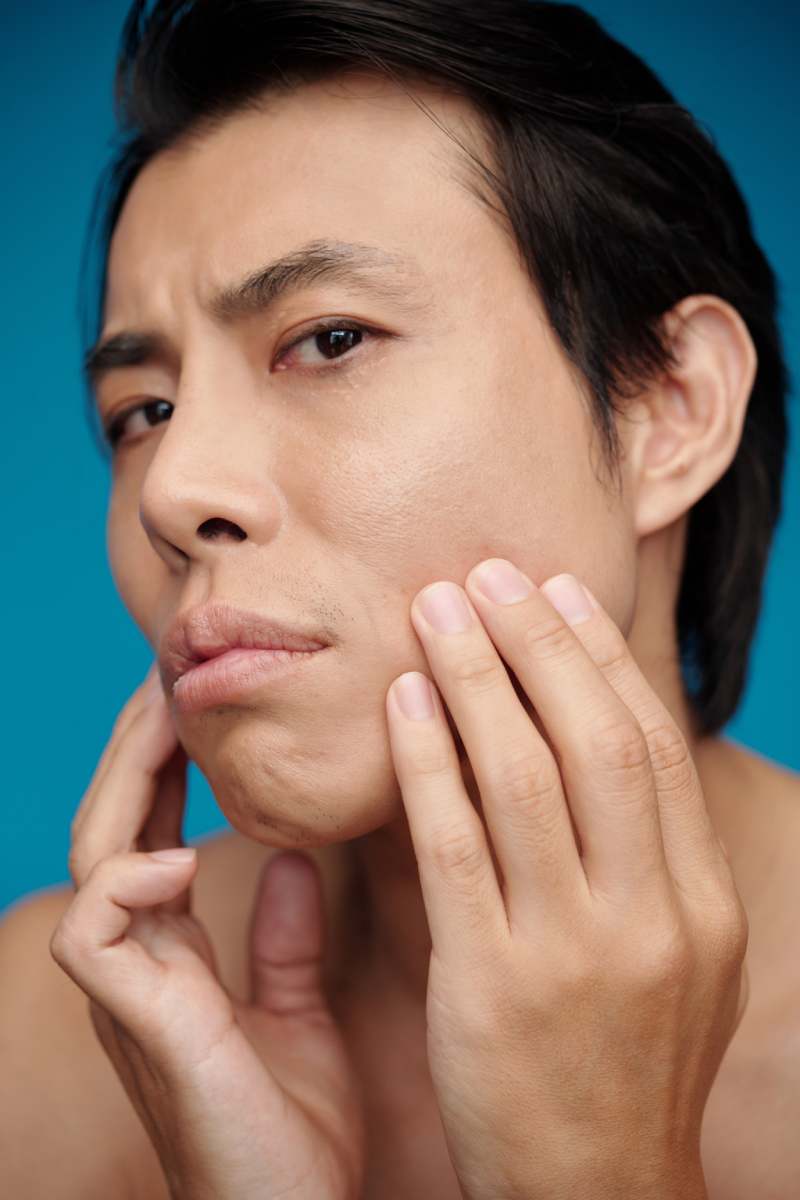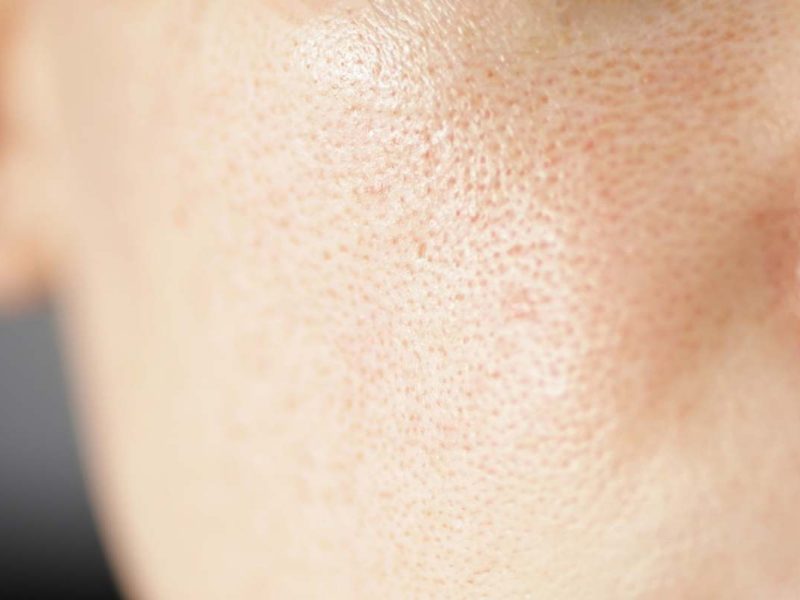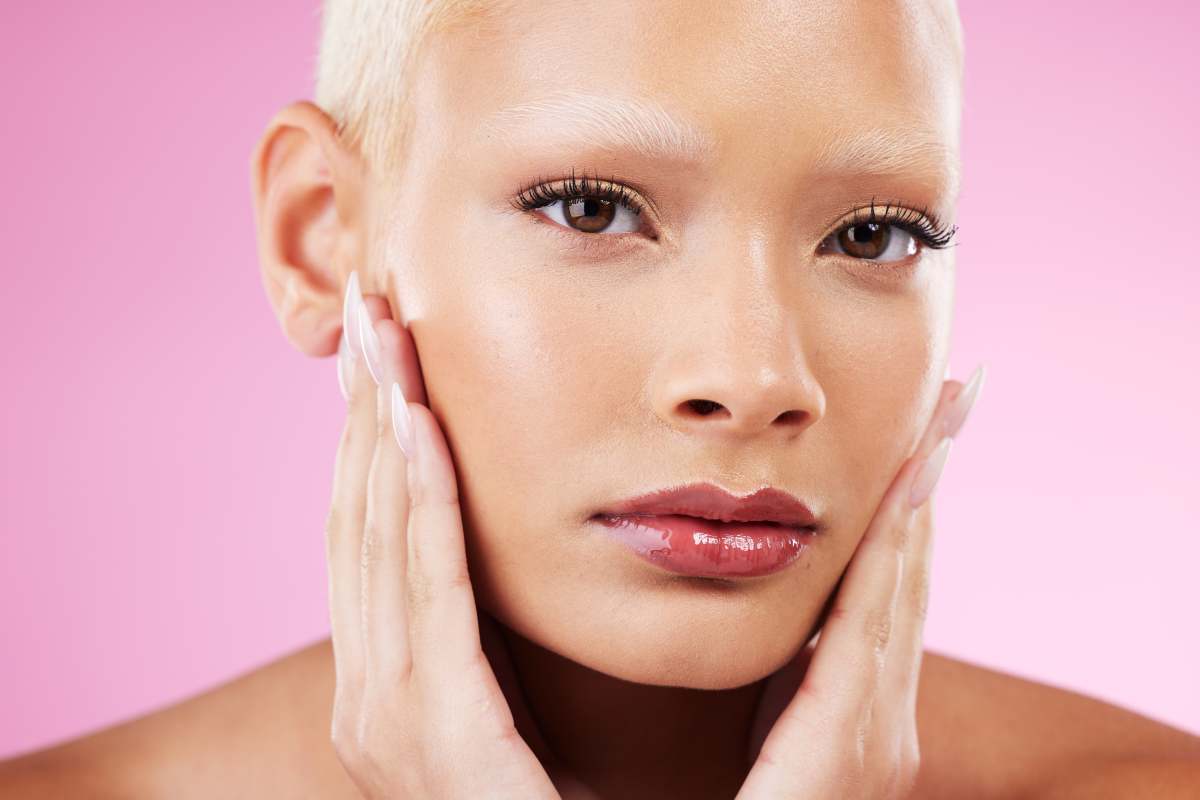Our skin’s tiny openings, called pores, are super important for keeping our skin healthy by letting oils and sweat out. But everyone’s pores look different because of things like genetics, skin type, age, sun exposure, hormones, and lifestyle choices. Some folks naturally have bigger pores, and other people’s pores might get larger because of where they live or how they live.
If we understand why pores come in all different sizes and find ways to make them look smaller, we can totally get smoother, healthier-looking skin.
You might also read:
What exactly are pores?
Pores are tiny openings on the surface of the skin or other surfaces that allow for the passage of substances. In humans and animals, pores are crucial for various physiological functions. Here are some details about pores in different contexts:
Skin Pores
- Definition: Skin pores are small openings on the skin’s surface connected to hair follicles.
- Function: They release oils (sebum) and sweat, helping to regulate body temperature and hydrate the skin.
- Types:
- Sebaceous Pores: Connected to sebaceous glands that secrete oil.
- Sweat Pores: Connected to sweat glands that release sweat.
Plant Pores
- Definition: In plants, pores are known as stomata.
- Function: They allow gas exchange (oxygen and carbon dioxide) and transpiration (water vapour release).
Material Pores
- Definition: In materials science, pores refer to the tiny voids within a solid material.
- Function: They can affect the material’s properties, such as permeability, strength, and thermal insulation.
Microorganisms and Other Biological Contexts
- Definition: Pores can be found in the cell membranes of microorganisms, allowing the transfer of nutrients and waste.
- Function: They play a role in cellular respiration, nutrient uptake, and waste removal.
Common Issues with Skin Pores
- Clogging: Pores can become clogged with oil, dead skin cells, and dirt, leading to acne and blackheads.
- Enlargement: Factors such as genetics, ageing, and sun damage can cause pores to appear larger.
Care and Management of Skin Pores
- Cleansing: Regular cleansing helps to remove excess oil and debris.
- Exfoliation: Helps to remove dead skin cells that can clog pores.
- Hydration: Proper hydration keeps the skin balanced, preventing excessive oil production.
Understanding the function and care of pores can help in maintaining healthy skin and optimizing the use of materials with porous structures.
In conclusion
Pore size is mostly determined by genetics and natural factors, but there are things you can do to reduce their appearance and keep your skin healthy. Regular cleansing, exfoliating, staying hydrated, and protecting your skin from the sun are essential for minimizing the look of pores. Using non-comedogenic products and considering professional treatments can also help improve skin texture and prevent issues related to enlarged pores.
Understanding and addressing factors that contribute to pore size can help you take proactive steps to improve your skin’s appearance and health, leading to a smoother complexion.








